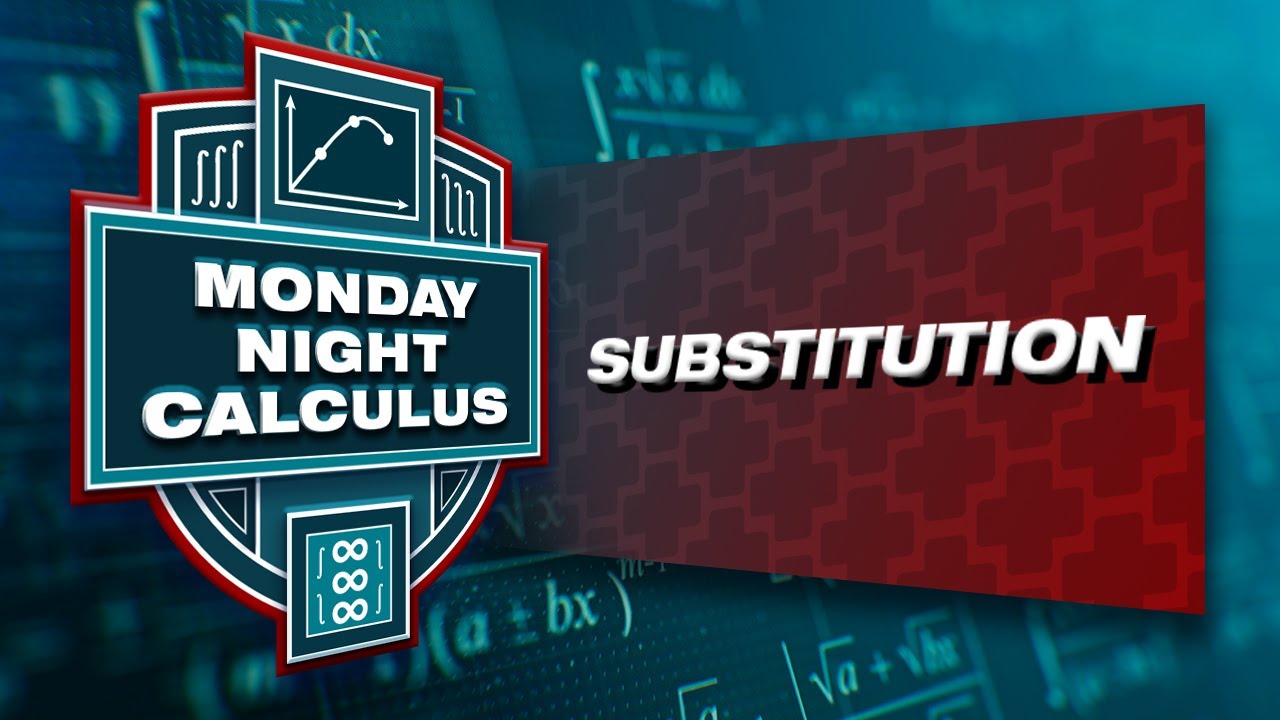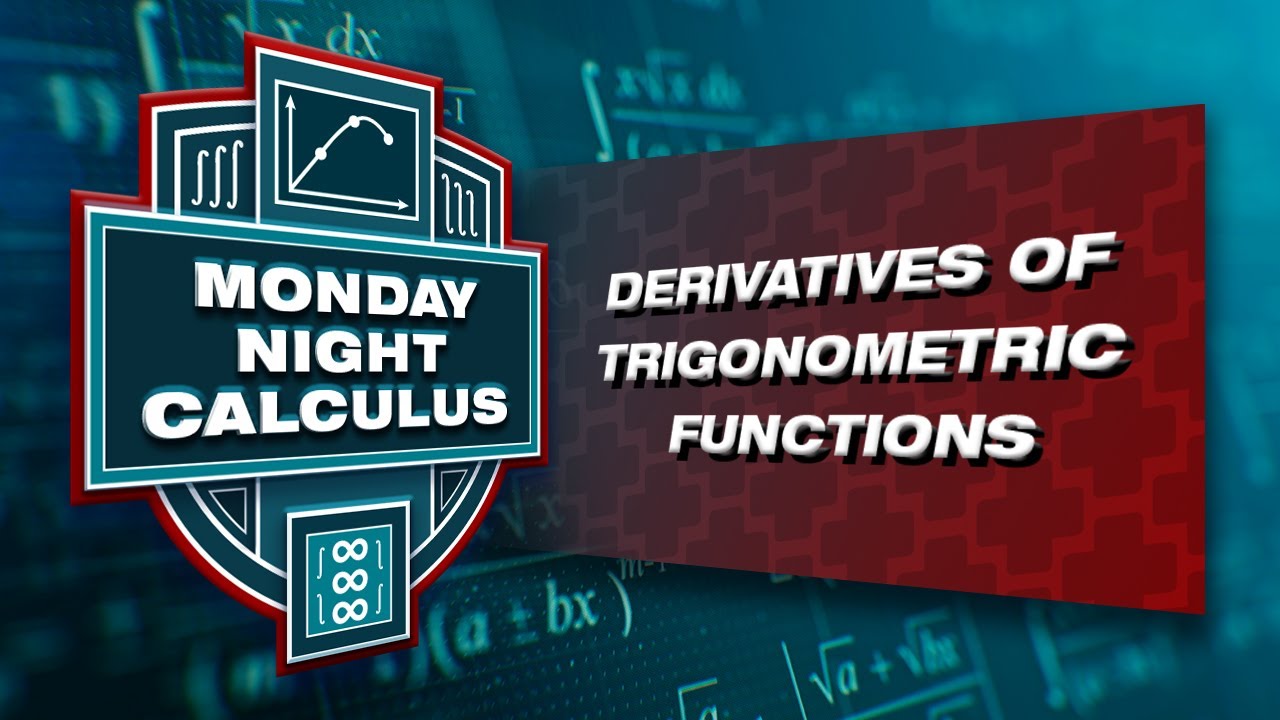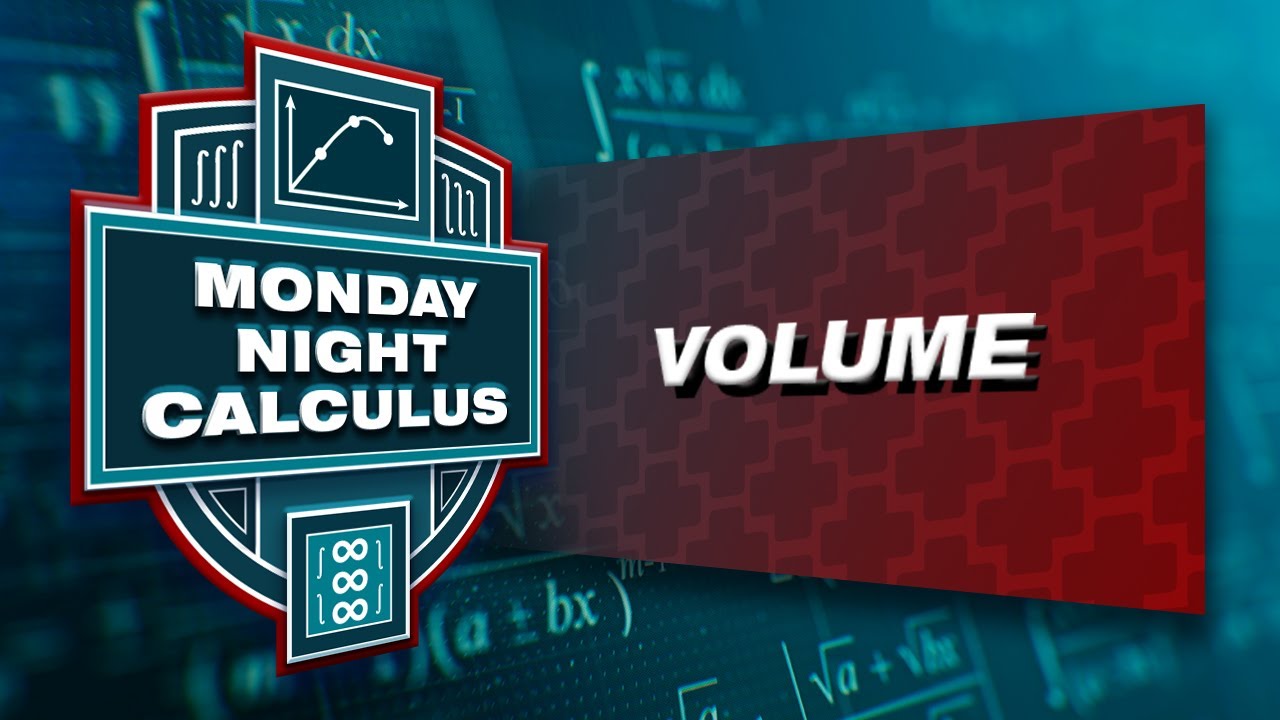Implicit Differentiation for AP Calculus
TLDRThis engaging session introduces Curtis, Steve, and Tom hosting a Monday night AP Calculus live session in 2024, focusing on implicit differentiation. The session begins by encouraging viewers to share their locations in the chat and to invite students, highlighting the educational value seen in a previous pre-calculus session with 140 students. The hosts promise an interactive session filled with problem-solving, utilizing technology for visualization, and offering professional development certificates for educators. They provide an in-depth walkthrough of calculus problems, demonstrating implicit differentiation, finding equations of tangent lines, and exploring curve properties through both analytical and technological approaches.
Takeaways
- 🎓 The session introduces the concept of implicit differentiation in AP Calculus, demonstrating its application through various problem-solving scenarios.
- 📚 Curtis, Steve, and Tom lead the session, providing insights into solving calculus problems and encouraging student participation through location sharing in the chat.
- 👨🏫 The importance of inviting students to these live sessions is emphasized to enhance their learning experience and engage with real-time problem-solving.
- 📖 Steve presents a detailed walkthrough of solving calculus problems using implicit differentiation, including finding tangent lines and discussing properties of specific curves.
- 🔢 The session includes a blend of analytical solutions and the use of technology (such as Mathematica and TI calculators) to visualize curves and confirm the analytical findings.
- 🧮 Tom introduces how to use TI calculators for checking implicit derivatives numerically, showcasing a practical application of technology in calculus problem-solving.
- ✨ A special focus is given to notational fluency in calculus, discussing the interchangeability of y' and dy/dx notations and their appropriateness in different contexts.
- 🤔 The session explores complex calculus concepts like concavity, points where tangent lines are horizontal or vertical, and uses both algebraic and graphical methods to solve problems.
- 📑 A reminder is provided about the availability of professional development certificates for attendees, encouraging educators to participate and benefit professionally.
- 🔄 Feedback and questions from the audience are actively encouraged, highlighting the interactive and responsive nature of the session to cater to educational needs.
Q & A
What is the main topic of the calculus session in the provided transcript?
-The main topic of the calculus session is implicit differentiation, with a focus on solving problems related to finding the equation of tangent lines and analyzing the concavity of curves.
What is the significance of the curve defined by the expression x * y * cos(Y) = x + y?
-The curve defined by this expression is significant because it is used to demonstrate the process of finding the equation of a tangent line at a specific point on the curve, where x = 0, and to illustrate the use of implicit differentiation.
How does the host, Curtis, engage the audience in the calculus session?
-Curtis engages the audience by inviting them to share their location in the chat, reminding them to bring their students to the sessions, and encouraging questions and interaction throughout the session.
What is the role of technology in the calculus session, and how is it utilized?
-Technology plays a supportive role in the session, with the hosts using tools like Mathematica to create contour plots of curves and the TI-84 calculator to verify the results of implicit differentiation problems.
What is the significance of the golden ratio mentioned in the transcript, and how does it relate to the curve?
-The golden ratio, also known as phi (φ), is significant because it is a mathematical constant that appears in various aspects of geometry, art, and nature. In the context of the transcript, one of the solutions for the curve's equation involves the golden ratio, highlighting the curve's aesthetic and mathematical properties.
How is the concept of concavity discussed in the session?
-The concept of concavity is discussed in relation to the curve defined by the equation x^2 + y^2 = 4. The host, Steve, explains the process of finding the second derivative to determine whether the curve is concave up or down at a specific point, using implicit differentiation.
What is the purpose of the professional development certificate mentioned in the transcript?
-The professional development certificate is provided to participants who attend the calculus session as a way to acknowledge their participation and completion of the session. It may also be used for continuing education credits or professional development purposes.
How does the session handle the concept of tangent lines and their equations?
-The session handles the concept of tangent lines by discussing the process of finding their equations using implicit differentiation. The hosts work through problems that involve determining the slope of tangent lines at specific points on a curve and using that information to derive the equation of the tangent line.
What is the significance of the quadratic formula mentioned in the transcript?
-The quadratic formula is significant in the context of the session as it is used to solve for the values of y when setting the numerator of the derivative equal to zero. This is part of the process to find points on the curve where the tangent line is horizontal.
What is the role of the chat during the calculus session?
-The chat serves as an interactive platform for participants to engage with the hosts, ask questions, and contribute to the discussion. It also allows the hosts to address any queries or points of confusion in real-time, enhancing the learning experience.
Outlines
🎓 Introduction to AP Calculus Live 2024
The session begins with Curtis Brown introducing himself alongside Steve Kakasa and Tom Dick for the first AP Calculus live session of 2024, focusing on implicit differentiation. They express excitement about discussing calculus problems and encourage viewers to share their locations in the chat. The session emphasizes student participation, mentioning a successful pre-calculus session that saw considerable engagement. Curtis reminds viewers about the availability of professional development certificates for educators and notes that problem sets and teacher documents for the session are or will be accessible through the video description.
🔢 Deep Dive into Implicit Differentiation
Steve Kakasa takes the lead, starting with a detailed explanation of a calculus problem involving a curve defined by an expression with x, y, and the cosine of y. The discussion aims to find the equation of the tangent line at a specific point using implicit differentiation. Steve's methodical approach breaks down the problem, demonstrating how to apply the generalized product rule and implicit differentiation to solve for dy/dx. The problem showcases how to navigate calculus problems that cannot be simplified into explicit forms. Steve also hints at typical AP Calculus exam questions involving implicit differentiation and shares tips for tackling them.
🖥️ Using Technology to Verify Calculus Solutions
Tom Dick introduces a way to use calculator technology, specifically a TI-84, to verify the solutions of calculus problems, especially useful for implicit differentiation. He demonstrates how numerical derivatives can confirm the slope of a tangent line calculated through traditional methods. This section underlines the value of technology in reinforcing understanding and providing a check for manual calculations. Tom's walkthrough aims to make complex calculus concepts more accessible and validate problem-solving steps using tools available to students and educators.
📚 Extending Implicit Differentiation Techniques
The session progresses with another example of implicit differentiation involving a polynomial equation. This part emphasizes the steps to find where a curve's tangent line is horizontal by focusing on setting the derivative's numerator to zero. The discussion is highly instructional, covering the derivation of dy/dx in a step-by-step manner and providing insights into tackling calculus problems systematically. This section reinforces the use of implicit differentiation in solving calculus problems and preparing for AP Calculus exam questions.
📉 Graphical Interpretation and Calculator Tips
Steve and Tom further explore the application of implicit differentiation, discussing how to use technology for a deeper understanding of calculus problems. They include a visualization of the curve and its tangent lines, providing a concrete example of how calculus concepts apply to geometric figures. Tom also gives a detailed demonstration of using the TI-84 for graphing functions related to calculus problems. This part of the session underscores the synergy between manual problem-solving and technology in understanding and verifying calculus concepts.
🧮 Advanced Calculus Problem Solving and Technology Use
The session concludes with a more complex calculus problem involving implicit differentiation and how technology can be employed to solve it. Steve and Tom discuss the importance of understanding both the manual and technological approaches to calculus problems. This final part underscores the advanced techniques and critical thinking required in calculus, providing insights into problem-solving strategies and the effective use of calculators for verifying solutions. The discussion highlights the depth of calculus as a subject and the importance of mastering both foundational and advanced concepts.
Mindmap
Keywords
💡Implicit Differentiation
💡AP Calculus
💡Tangent Line
💡Slope of Tangent
💡Professional Development Certificate
💡Calculus Problems
💡Calculator Technology
💡Concavity
💡Slope Fields
💡Improper Integral
Highlights
Introduction to Monday Night Calculus session focusing on implicit differentiation for AP Calculus.
Explanation of implicit differentiation and its application in finding equations of tangent lines.
Use of generalized product rule in differentiation.
Illustration of implicit differentiation through a problem involving x, y, and cosine functions.
Demonstration of technology's role in verifying analytical calculus problems, using TI-84 and Mathematica.
Discussion on notational fluency within the context of AP Calculus.
Example of finding points on a curve where the tangent line is horizontal using implicit differentiation.
Exploration of points where the tangent line to a curve is vertical.
Graphical representation of a curve and its tangent lines, confirming analytical solutions.
Introduction to the concept of concavity and how to determine it at a specific point on a curve.
Problem-solving session involving the use of implicit differentiation to find dy/dx in more complex equations.
Analyzing the relationship between x and y intercepts of tangent lines through implicit differentiation.
Revisiting and expanding on calculus problems with added complexity and more variables.
Solving improper integrals involving infinite intervals and discussing convergence.
Application of partial fractions in solving indefinite integrals as part of improper integral evaluation.
Transcripts
Browse More Related Video

Fall 2023 MNC: Up close and personal with differentiability and local linearity

Monday Night Calculus: Substitution

Monday Night Calculus: Reviewing for the AP exam

Monday Night Calculus: Derivatives of Trigonometric Functions

Monday Night Calculus: Function Analysis With Graphical Stems

Monday Night Calculus: Volume
5.0 / 5 (0 votes)
Thanks for rating: